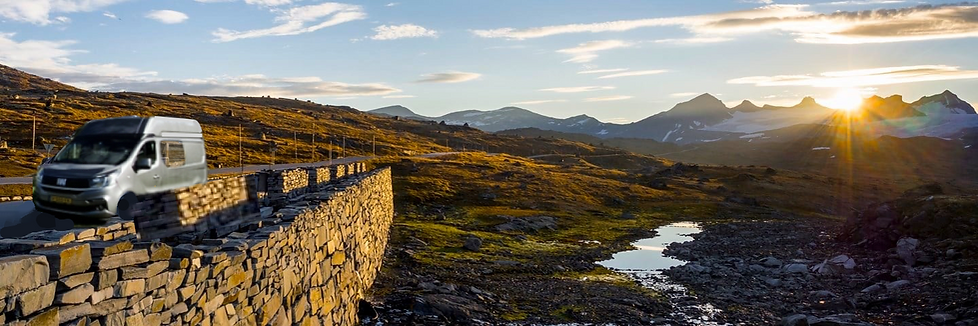


France sud-ouest






The Languedoc-Roussillon-Midi-Pyrénées region is located in the southwest of France between the Atlantic and the Mediterranean.
dThis particular region as an area with a multitude ofsights. Many of these have a historical character.
The Languedoc-Roussillon area is a vast area full of contrasts.
You have beautiful beaches on the Mediterranean Sea and the high mountains of the Pyrenees.Wild rivers, vast forests, beautiful sunflower fields, beautiful rapeseed fields, caves and gorges are part of the Midi-Pyrenees landscape
But the large numbers of monuments also make this region special. In fact, Languedoc-Roussillon is the area with the largest number of UNESCO sites and monuments in all of France.History is something that is central, which is clearly reflected in the villages with historic cores, the many fortresses and churches and the various museums.UNESCO World Heritage Sites include the city of Carcassonne, Canal du Midi, Pont du Gard and the fortresses of Vauban.Since 2011, the landscapes of Causses and the Cevennes have also been on the impressive list. . The Midi-Pyrénées is the largest area in France and the main city of the Midi-Pyrénées is Toulouse.
The Midi-Pyrénées has spectacular landscapes and beautiful villages.
Midi - Pyrenees
Languedoc - Roussillon
Sarlat
The town of Sarlat, Beynac-et-Cazenac and La Rouge-Gageac and the whole Dordogne, has enjoyed a short period of prosperity and prosperity in the early Middle Ages. After that it has been dormant for centuries. There was no interest in modernizing or investing in this area. That has led to de Dordogne in its authentic form is what it was. And that is precisely the attractiveness of this region and the cause of its great tourist attraction. In Sarlat you will find a large number of true city palaces from the Renaissance




Beynac-et-Cazenac




La Rouge - gageac




Foix




Medieval castle of Foix, that from its lofty rock the roofs of the old city and the confluence of de Ariege en dominates the Arget, has preserved from its past as an impregnable, fortified place, three towers with mezekids and high walls. This imposing fortress of the Counts of Foix now houses the Departmental Museum of the Ariège, a space that tells the history of the County of Foix and the castle through thematic exhibitions and medieval collections composed of everyday objects, weapons and armor. Moreover, from the top of its round tower, this perched site offers a magnificent panorama of the city, the Ariège valley and the surrounding mountains.
Chateau de Montsegur

The Montségur castle became a symbol of the Cathar resistance to oppression. The fortress was their last refuge.
In 1243 the army surrounded Montségur with an unequal balance of strength: 6000 soldiers against about 400 Cathars. The besieged held out for a year despite the hunger, the cold, and the brutal fighting. They were supported in this by powerful local lords, such as those of Foix and Mirepoix. The Cathars gained the most support in Occitania, the present-day regions of Languedoc-Roussillon and Midi-Pyrénées. The cities of Toulouse, Albi, Foix, Mirepoix and Carcassonne were their allies.
Villefranche-de-Conflent




Villefranche-de-Conflent is a fortified town located on the river Têt, in the department of Pyrénées-Orientales, in the region Languedoc-Roussilon. Villefrance-de-Conflent is one of the most beautiful villages in France. The city has an escape route to the higher Fort de Liberia via the "1000" steps

Prades


eus






Chateau de Peypertuse

carcassonne



Carcassonne is an old fortified city, located on the river Aude. Carcassonne has been on the UNESCO World Heritage List since 1997. The city consists, as it were, of two parts. The medieval Cité, and the lower town. These two parts are connected by two bridges over the Aude, namely the Pont Vieux and the Pont Marengo. The city has its origins in the eighth century BC. On a plain about two kilometers from the present city, a large fortified trading post was built. This trading post was called Carsac
Minerve



rocamadour

Rocamadour is one of the most visited places in France. That is not without reason, because the location against a rock is simply beautiful. It is an important place of pilgrimage with no less than the nearby seven sanctuaries, collectively called Cité Religious Use. Yet the village of Rocamadour itself is also a medieval gem.



